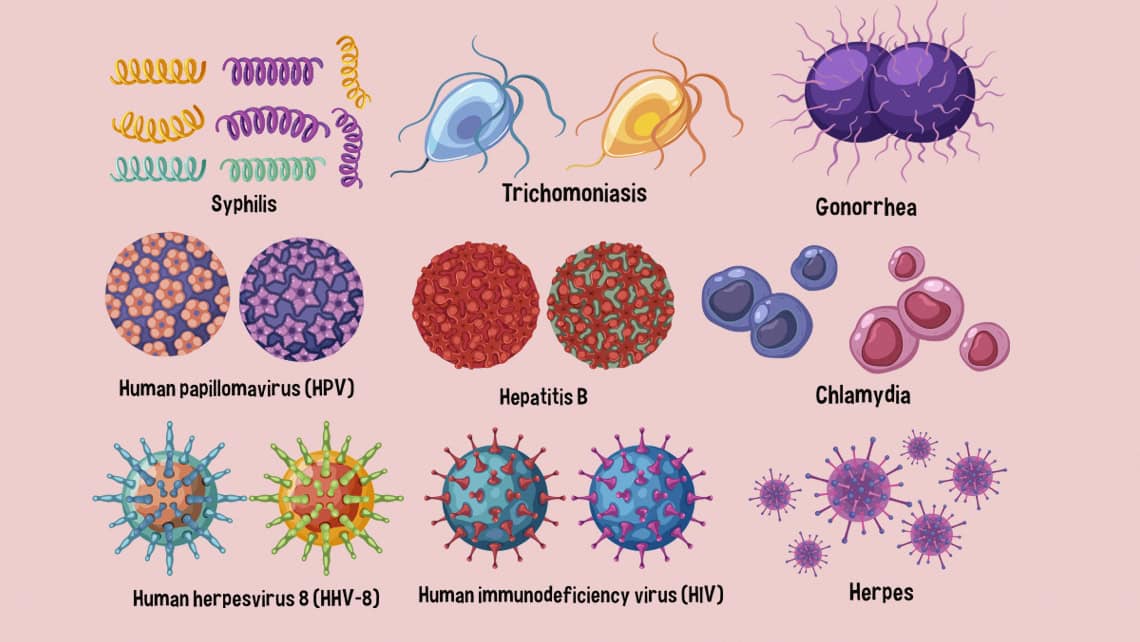
The significance of sexually transmitted diseases (STDs) in fertility
Sexually Transmitted Diseases (STDs) are infections mainly transmitted through unprotected sex. They can also be transmitted from mother to child during pregnancy.

There are more than 30 different types of STDs, which are mostly caused by viruses (human papillomavirus, hepatitis, herpes), bacteria (gonorrhoea, chlamydia, syphilis) and fungi (candida). These types of infections affect both men and women, and although many STDs do not show any symptoms, they can cause serious long-term problems if left untreated. In some cases, they can have very negative effects on important aspects of health such as fertility and pregnancy.
Índice
Symptoms and fertility consequences of STD’s
According to data published by the WHO, the incidence of this type of sexually transmitted diseases has continued to rise in Spain and Europe in recent years among the sexually active population. It is also important to note that some of these types of infections do not show symptoms in the infected person, i.e. they are asymptomatic. This situation generates the need to carry out analyses that allow us to control these types of diseases, since, if they are not treated in time, some of them can cause infertility problems in both women and men.
- Specifically, some STDs can cause inflammation and obstruction of the fallopian tubes in women, as well as inflammation of the ovaries and uterus.
- In men, they can cause testicles, prostate and epididymis inflammation, leading to a decrease in the number of sperm produced and poorer sperm quality.
They are therefore a cause of infertility, both in women and men. In some cases, the help of assisted reproduction treatments (in vitro fertilisation (IVF), egg donation, etc.) will be necessary to achieve parenthood. For this reason, it is key to make an early diagnosis of this type of disease, as well as to provide effective treatment.
How Sexually transmitted diseases (STDs) are analysed
In order to prevent any type of STD from causing serious complications, there are many advances that allow us to identify and cure them. The detection techniques that have been used up to now, allowed us to detect only one type of STD per analysis, and it was also necessary to wait 3 or 4 months after the possible infection.
However, Instituto Bernabeu currently has an innovative technique capable of detecting 10 different possible infections in a single analysis. This technique also offers several advantages:
- The test can be carried out a few days after sexual contact.
- The test can be carried out using a urine sample sent to us from home.
- We can know the result within a few days
- This way, we can contribute and collaborate in the prevention of this type of sexually transmitted infections, and avoid more serious consequences that could affect your general state of health or your future fertility.
You may also be interested in:
- Blocked fallopian tube. The involvement of “tubal factor” in fertility
- Importance of the Sexually Transmitted Diseases (STD’s) detection in sperm and egg donors
Dr Eva Garcia, Biologist at IBBIOTECH, part of the Instituto Bernabeu group.
